Part 17: Mythology Dissection 1

Brush God Kabegami and Miscellany
Today’s Mythology Dissection is going to be a mish-mash of various things I’ve run across that didn’t fit anywhere else, or expand on things I’ve already touched on. I have a new source for a lot of these, the Okami World Wiki, specifically the page on the “Garyo Tensei Okami,” which is a book published by Clover that specifically covers the mythological allusions from the game!
 Sadly, it’s only available in Japanese, else I would so try to get a copy! I think I’ll add links to the Okami World Wiki, and the Okami Wikia to the OP, since both sites have a wealth of information about the game and have been very helpful to me during the course of this LP.
Sadly, it’s only available in Japanese, else I would so try to get a copy! I think I’ll add links to the Okami World Wiki, and the Okami Wikia to the OP, since both sites have a wealth of information about the game and have been very helpful to me during the course of this LP. 
The Chefs
In the previous Mythology Dissection, I mentioned that the Chefs Yama and Umi both had “neko” in their name, which is Japanese for cat. This is one reason they look like cats, but there’s another reason. The cat-like chef characters are based on the short story “The Restaurant of Many Orders” by Miyazawa Kenji.
In the story, two young men from the city were out hunting when they became lost. They stumbled upon a fine brick building at the foot of a mountain. A nearby sign read “Restaurant Wildcat House.” Hungry and tired, the young hunters wandered inside, hoping to find something to eat, and perhaps ask for directions back to the city.
Inside the restaurant were many corridors and doors. A sign in the entryway read, "Plump and young parties especially welcome. We hope you will appreciate that this is a restaurant of many orders." Sure enough, at each door, there was another sign, giving a particular order. The first door told the hunters to leave their guns and bullets. The second said to remove anything metal and pointy. The third ordered the hunters to spread cream over their hands and faces. At the next door was a sign that read, “You must be tired of all these orders, you poor things. This is the last one, so be good enough to take some salt from the pot and rub it on yourselves.” At this point, the young hunters realized they were the ones who would be eaten in this restaurant. They tried to run, but found the doors locked. Even worse, they could see two feline eyes staring at them through the keyhole.
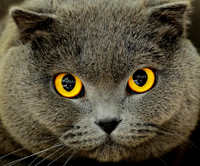
I will eat your soul!
Just at that moment, their guide’s dogs came bursting into the room. The young men were saved, but their faces, which had blanched from fear, were never the same after that. That’s a little bit morbid. Yep.

In other cat-related topics:
Catcall Tower is called Nekonari Tawa in Japanese, which means, “Cat Becomes Tower,” or something. I’m no Japanese scholar!
Most of the cats you find in the game are calicoes. Calico cats are considered lucky in many cultures, including Japan. This is why lucky cat figurines are nearly always calico. It makes them extra lucky.
Theater
We’ve encountered a couple references to Japanese theater.
The sequence with Blossom and her sick father is based on the Noh play “Sakuragawa,” which is attributed to Zeami (one of the fathers of Noh theater). Noh is a traditional style of Japanese stage performance, dating back to the 14th century.
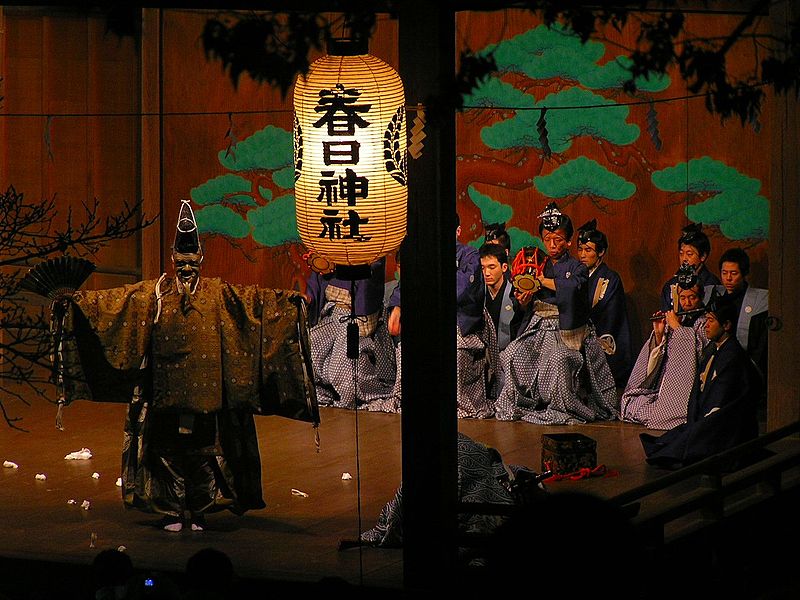
A scene from a Noh play
The word “Noh” is derived from the Sino-Japanese word for “skill” or “talent.” In Noh plays, the actors generally wear masks, and are exclusively men (meaning men play both the male and female roles). Noh performances often last all day. They feature elaborate costumes and are usually minimally-rehearsed. Noh plays are usually musicals.
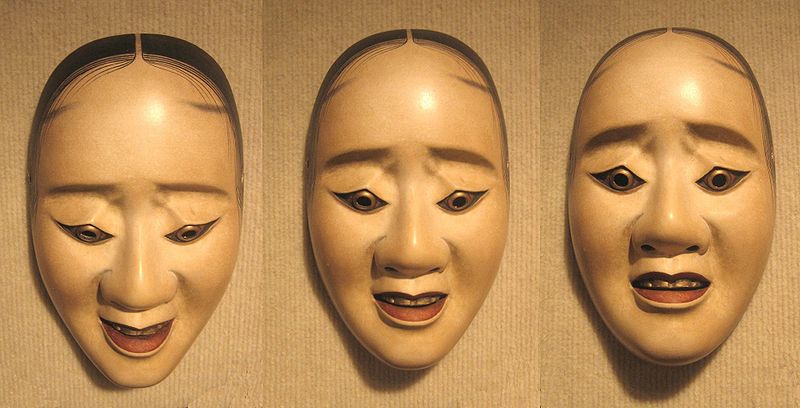
A Noh mask. As InspectorSands noticed, it's actually the same mask from three different angles, which changes the mask's expression!
Okuni, the singing girl in the Aristocratic Quarter of Sei-an City is Izumo-no-Okuni, who was a dancer and the founder of Kabuki theater.
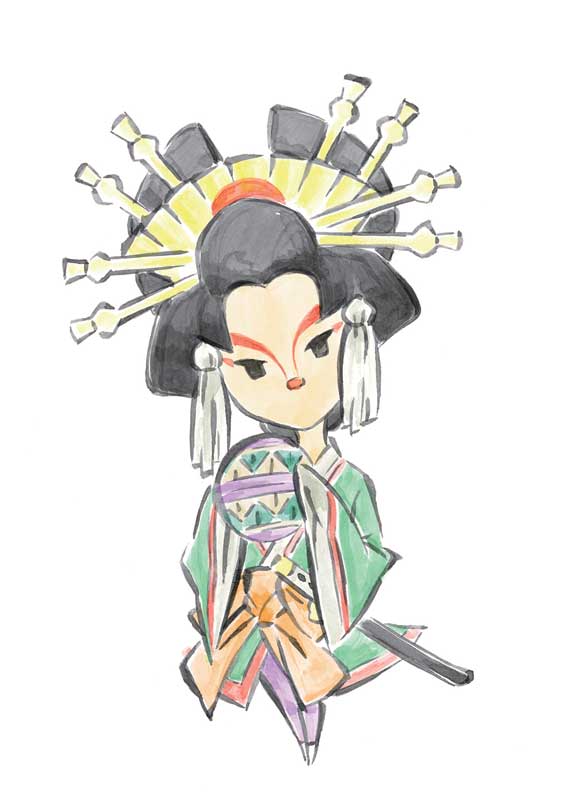
Okuni
Kabuki is generally translated as “the art of singing and dancing.” It’s stylized Japanese dance-drama, known for its elaborate costumes and distinctive make-up. Okuni’s clothing and make-up are Kabuki style.
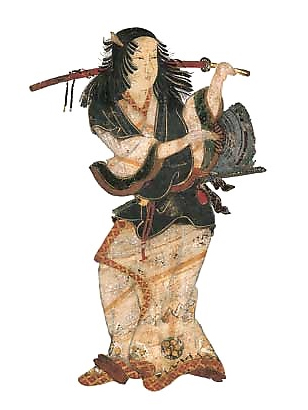
Portrait of Izumo-no-Okuni
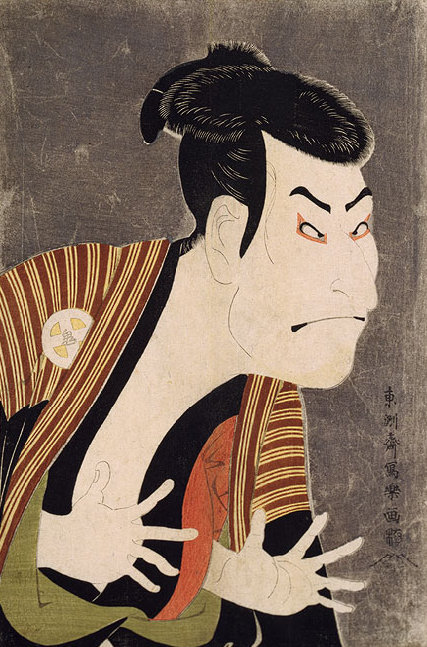
A Kabuki actor
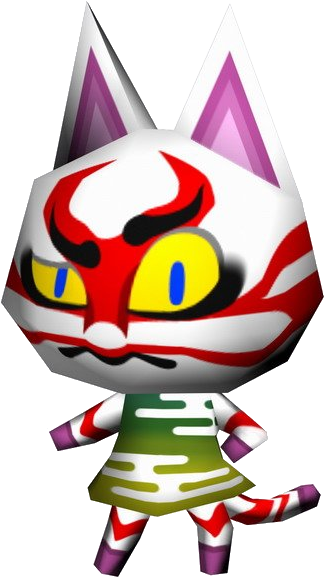
Kabuki, a villager from the Animal Crossing games, is so named for his face make-up.
Miscellany
Naguri, the master carpenter, (we did a digging game with him) is a reference to the Japanese village of the same name. It’s famous for its carpentry and other woodwork.
The Tao Troopers Abe and Kamo are based on the onmyoji masters Abe-no-Seimei and Kamo-no-Yasunori. Onmyodo is an ancient Japanese system of divination based on Taoism, Buddhism, and Shinto. The name means “The Way of Yin and Yang.” Practitioners of Onmyodo were called onmyoji, of which Abe and Camo were two prominent examples.
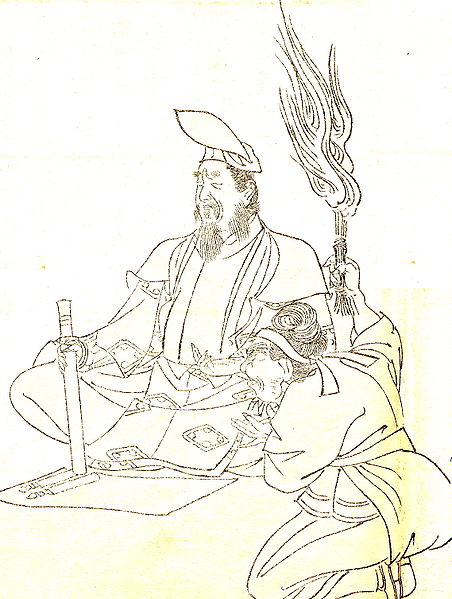
A painting of Abe-no-Seimei
Glazius mentioned this, but I’m confirming it here. The Poltergeist enemies are Kamaitachi. Kamaitachi are mythical Japanese monsters consisting of a trio of weasels armed with sickles. They live in whirlwinds and dust devils. According to the myth, when the Kamaitachi finds a victim, the first weasel knocks him or her down, the second cuts the victim’s flesh, and the third applies medicine to stop the bleeding. This would leave the victim with a painful wound that did not bleed. I have no idea why they’re called poltergeists in the game. Poltergeists are ghosts that move objects around and make noise to cause mischief. Not nearly as sinister as weasels that cut your flesh.
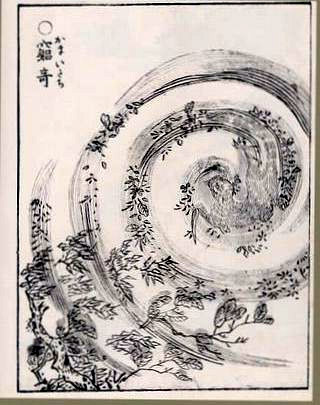
A Kamaitachi
I found some more information on Tama! Remember Tama, and how I couldn’t find what his name refers to (at least not something relating to fire)? Well, according to the “Garyo Tensei Okami,” Tama (Tamaya in Japanese), is a reference to the Edo firework company Tamaya Ichibee! I couldn’t find them on Wikipedia or Google… but they must exist! It makes sense, finally!
Hayate, the name of the messenger in North Ryoshima Coast, means “fresh breeze.”
Raiden, the lightning ghost hovering across from the Kimono shop, is based on Raijin, the kami of lightning and thunder. His alternate name his Raiden-sama. That giant statue in the central room of Oni Island with the shocky sword was likely a statue of Raijin. Raiden can be written with the kanji for “thunder” or “lightning.”
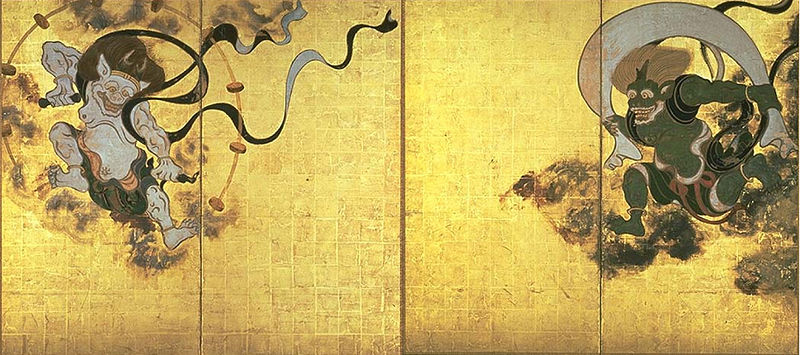
Raijin, left, with Fujin, god of wind, right.
Personally, whenever I hear that name, I can’t help but think of the Raiden character from Mortal Kombat. He also uses lightning attacks!
 Interestingly, Raiden the ghost can be used as a source for Thunderstorm, though there’s only one instance where you’d need to use him that way. Still, the option exists!
Interestingly, Raiden the ghost can be used as a source for Thunderstorm, though there’s only one instance where you’d need to use him that way. Still, the option exists!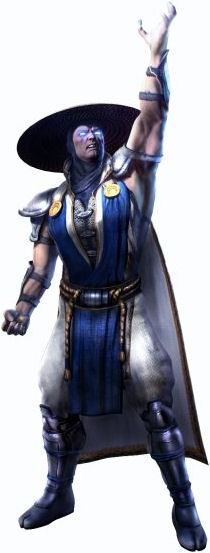
Raiden from Mortal Kombat
Brush Gods
I’ve probably put this off too long, but here are the official write-ups for our newest Brush Gods:
Kabegami- the cat, god of walls. “Kabe” means wall.
The cat appears in the Vietnamese Zodiac, instead of the rabbit. In the Chinese Zodiac legend, the cat slept through the race and missed it altogether. Knowing she was a heavy sleeper, the cat had asked her good friend the rat to wake her in time for the race. But the rat awoke early and left without her. Other versions of the story say the rat told the cat the race was on a different day. In either case, the cat did not make it into the Zodiac at all. Thereafter, the cat and the rat were bitter enemies. Her descendents chase rats to this day, trying to get revenge.
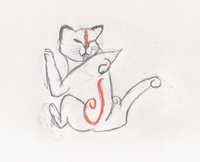 Persegami
Persegami
Gekigami- the tiger, god of lightning. “Geki” means “to attack” or “conquer.” The phrase “raigeki” means “to be struck by lightning.”
Tiger Traits: Unpredictable, rebellious, colorful, powerful, passionate, daring, impulsive, vigorous, stimulating, sincere, affectionate, humanitarian, and generous. Can be restless, reckless, impatient, quick-tempered, obstinate, selfish, aggressive, and moody.
The tiger was strong and agile, but still he struggled mightily to make it across the river. His great strength availed him, though, and was able to cross, placing third.
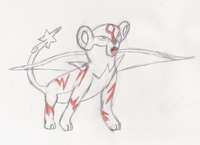 Luxigami
LuxigamiThere’s only one Brush God left! Can you believe it?
Stay tuned for the next Mythology Dissections, where I’ll cover all the nifty mythological stuff from Act 2.